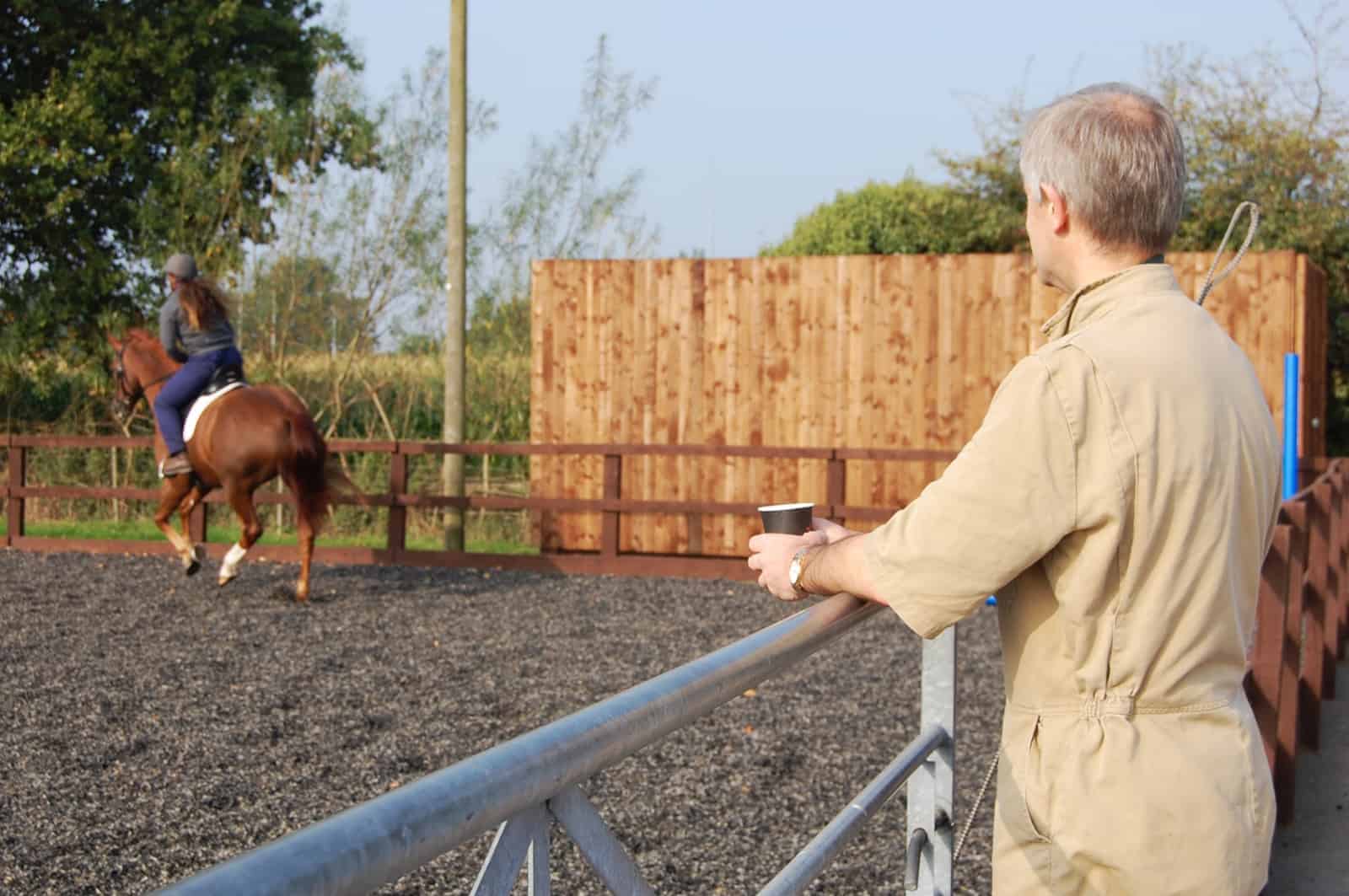Ridden Lameness Exams in Performance Horses

Traditionally, veterinarians performing lameness examinations have assessed horses’ gaits as they’re walked and trotted by a handler.
“We’ve spent years and textbooks watching horses in-hand, picking apart the head nod, the hip hike, the lame limb,” said Elizabeth Davidson, DVM, Dipl. ACVS, ACVSMR, associate professor of sports medicine at the University of Pennsylvania School of Veterinary Medicine’s New Bolton Center, in Kennett Square.
And while this is a valuable gait assessment, it can be augmented by also evaluating the horse while it’s being ridden. Davidson described the importance of the ridden exam during the 2018 British Equine Veterinary Association Congress, held Sept. 12-15, in Birmingham, U.K
Create a free account with TheHorse.com to view this content.
TheHorse.com is home to thousands of free articles about horse health care. In order to access some of our exclusive free content, you must be signed into TheHorse.com.
Start your free account today!
Already have an account?
and continue reading.

Written by:
Alexandra Beckstett
Related Articles
Stay on top of the most recent Horse Health news with












